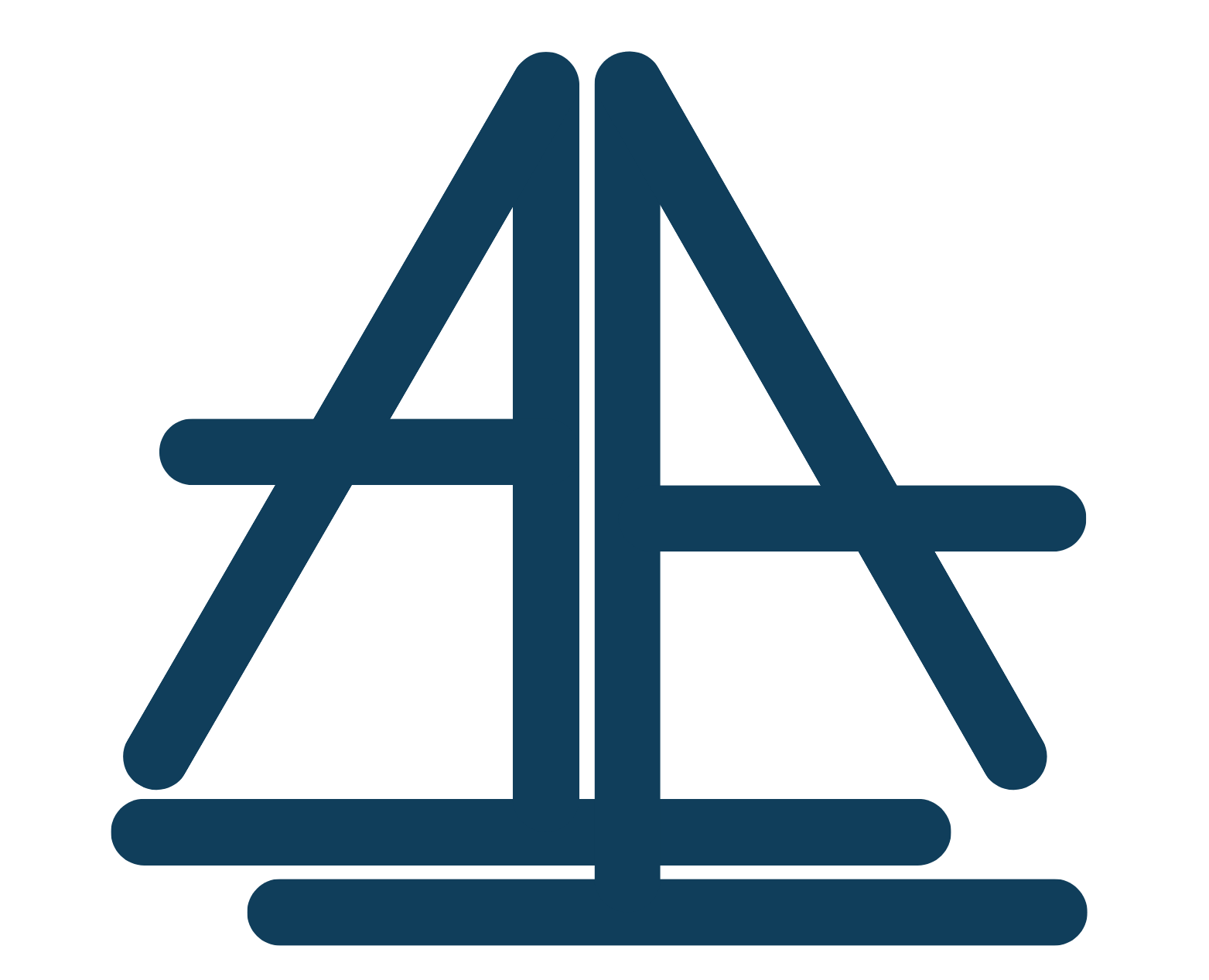The Eye of Horus stands as a profound symbol where ancient Egyptian theology converges with enduring insights into vision, insight, and inner clarity—bridging millennia through its timeless gaze. More than a sacred emblem, it embodies divine protection, cosmic balance, and the restorative power of perception, echoing from ritual amulets to modern diagnostic tools.
The Eye as a Symbol of Divine Protection and Cosmic Balance
In ancient Egyptian belief, the Eye of Horus represented not just a physical organ but a metaphysical force—symbolizing vigilance, sovereignty, and spiritual wholeness. As the eye of Horus, son of Osiris and Isis, it arose from mythic conflict: after Horus’s battle with Set, his eye was restored through divine magic, transforming loss into healing and fragmentation into unity. This myth underscores the Eye as a paradigm of restoration, where wholeness is reclaimed from brokenness, mirroring the human quest for clarity in both sight and spirit.
The Theological and Cultural Foundations
Horus, falcon-headed god of the sky, embodied speed, foresight, and celestial authority. His single eye, often depicted as a powerful symbol, was venerated in amulets worn for protection and to restore vision—both literal and metaphorical. The Book of the Dead, a cornerstone of ancient Egyptian funerary literature, contains 192 spells teaching lessons of judgment, renewal, and rebirth, each tied to the Eye’s power to perceive truth beyond the material realm.
Cosmic Mechanics: The Sun’s Daily Journey
Ra’s eternal voyage across the sky mirrors the cyclical nature of vision—dawn’s revelation followed by dusk’s obscurity. The Eye of Horus aligns with this rhythm: it is the luminous marker of Ra’s daily journey, illuminating the transition between light and shadow. Just as the sun renews itself each day, the Eye symbolizes the restorative capacity of insight, guiding us through cycles of awareness and unawareness.
Symbolism in Ancient Medicine and Healing
Ancient practitioners fused spiritual and physical healing, using the Eye of Horus in amulets to protect against blindness and restore “lost sight”—a notion deeply tied to soulful perception. This holistic approach parallels modern optometry’s mission: diagnosing and enhancing vision not just through lenses, but through understanding the whole person. The Eye thus bridges ancient ritual and clinical practice, affirming sight as a gateway to deeper understanding.
Modern Interpretations: From Ancient Wisdom to Contemporary Vision
Today, the Eye of Horus inspires integrative models of visual health, where psychological, emotional, and physiological dimensions converge. Wellness practitioners incorporate its symbolism into mindfulness and inner sight practices, emphasizing awareness beyond the eyes. “Seeing” becomes a metaphor for clarity, intuition, and insight—values echoed in eye-tracking technologies and visual analytics systems that decode human perception with precision.
The Eye of Horus in Contemporary Design and Technology
In modern visual systems, the Eye of Horus appears in eye-tracking software, helping researchers map attention and cognitive load. Its geometric symmetry and layered meaning make it an ideal symbol for diagnostic tools and medical imaging, where accuracy and restoration of function are paramount. Companies like that game with the pyramid scatter uses this motif to evoke precision and insight, turning ancient wisdom into a bridge between tradition and innovation.
Conclusion: The Eye of Horus as a Living Symbol
The Eye of Horus endures not merely as a relic of myth, but as a living symbol of perception—both physical and profound. Its journey from sacred amulet to high-tech analytics reflects humanity’s enduring quest to restore, enhance, and understand vision. In every flicker of light and every diagnostic scan, we glimpse the same ancient truth: true sight begins with recognizing what is lost—and how to reclaim it.
| Key Insights from the Eye of Horus Legacy |
|---|
| The Eye symbolizes restoration of lost wholeness through insight. |
| Ancient diagnostic practices highlight the sacred link between sight and soul. |
| Modern vision science and technology honor this legacy with precision and purpose. |
As we navigate the age of data and diagnostics, the Eye of Horus reminds us that vision transcends the eye—it is a gateway to meaning, clarity, and renewal. In both ancient temples and cutting-edge labs, the Eye watches, revealing not just what is seen, but what can be restored.
